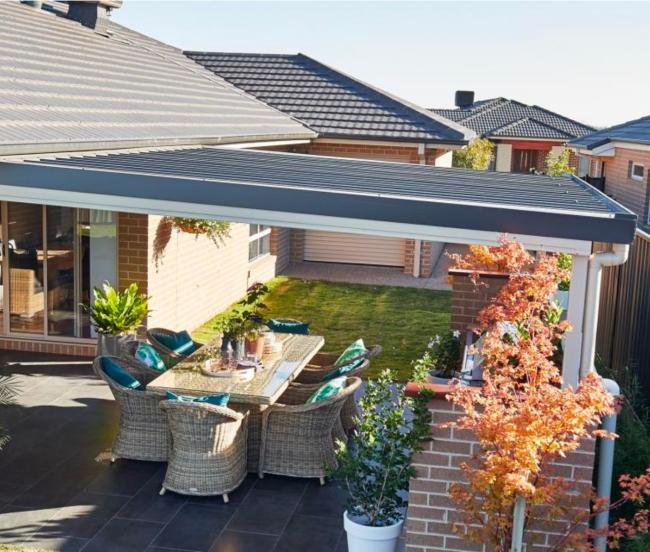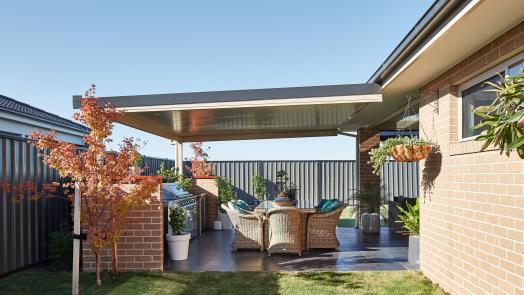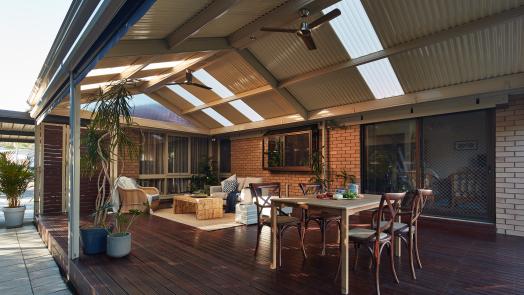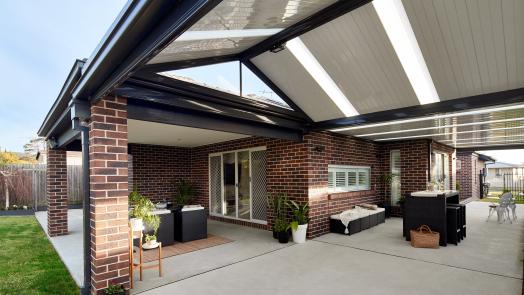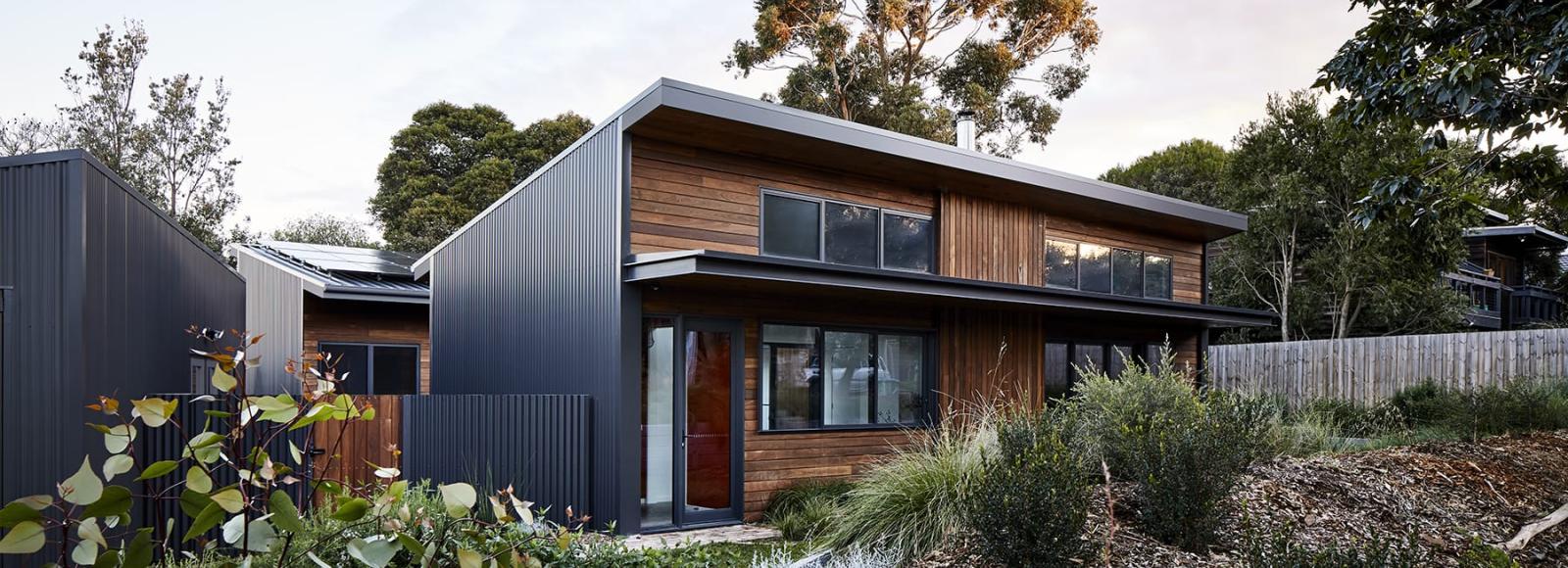
Make sure your new deck is right for your soil conditions
The cost of building a deck can vary dramatically—and one of the key factors is how difficult it is to dig footings in your particular type of soil. Whether your property is clay, gravel or sand-rich, here are three ways soil types can affect the budget and build of your new deck.
- DIVERSITY AT GROUND LEVEL: From the reactive, clay-rich vertosols that make up much of Queensland, to Western Australia’s highly sandy soils, or the tough, subsoil limestone conditions south of Adelaide, Australia is host to a wide variety of soils. Although sandy soils are considered ideal for a deck’s footings, it’s best to talk to your LYSAGHT LIVING® dealer and builder in the early part of the design stage. This is your opportunity to read up on the specific conditions in your area, identify building challenges and allocate the budget accordingly.
- DON’T EXPECT STRENGTH WITH SHALE: Gravel-like shale (typically found in areas such as Western Sydney) can pose a problem, as the depth of its clay subsoil layer varies dramatically. This means that digging for footings, or otherwise, will result in a much larger hole due to the soft, granular composition of shale. In most cases, concrete is poured to maintain the correct size of the footing, but contact your local LYSAGHT LIVING® dealer to check your site’s specific conditions.
- YOU CAN SURVIVE ROCKY SITUATIONS: If your home is built on rocky terrain, you might think that adding a deck is a case of Mission: Impossible. But apart from extreme cases like land with a primary abundance of solid bluestone, you may still be able to build a superb deck on ground containing rock types like solid granite and basalt. Your local LYSAGHT LIVING® dealer can tailor a solution to overcome your design challenges, such as bolting the deck to the rock itself, following comprehensive testing by an engineer.
To get a quote on your next deck, click here

